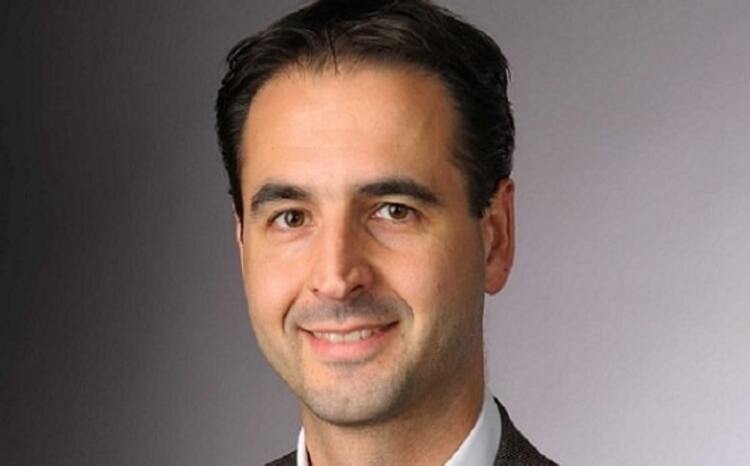National programme caught in spinal trap
- 3 June 2004
With less than four weeks to go to the first scheduled release from the National Programme for IT (NPfIT), highly credible industry sources suggest that the 27 June deadline for P1R1 (phase one release one) of the programme may be missed or only partially met.
P1R1 covers the patient demographic service to be made available on the national data spine and the first end-to-end e-booking from compliant primary care systems over the spine to the national e-booking system, first scheduled to happen in London and the North East by the end of June.
E-Health Insider understands, however, that the first release of the spine may be delayed by up to two months, due to late changes in specification introduced by the Design Authority — a key arm of the national programme. “There is no doubt that there are significant delays to the spine,” said one well-placed source. “But the national programme is doing everything they can to ensure e-booking happens by the end of June."
Only two weeks ago health minister John Hutton re-stated that e-booking will go live by the end of June. Given this high profile pledge the source said that heaven and earth would be moved to avoid embarrassing the minister. This might involve compromises such as “not doing end-to-end booking”, “reducing the ‘contingency in the system'”, “possibly not logging on through the spine” or “pushing back the release of further functionality".
Any delay on the spine at this stage would not necessarily be catastrophic in itself. Martin Bell, director of IM&T at North Bristol NHS Trust commented: “Over the next 12 months, any delay in the spine wouldn’t make that much difference to the delivery of the programme as it won’t have much content on it."
“It only really matters when you have a set of compatible systems able to feed into the spine."
Bell added that widespread access to the spine, through a national portal, was only scheduled to happen from 2005, something which would first require trusts to have swipe cards and readers in place to authenticate staff.
The view that the spine is not yet critical was also echoed by another IT director from the southern cluster who told EHI: “[The availability of the spine] only becomes an issue for us if and when the early deliverables from LSPs on NCRS start to become available and they have nothing to link into."
However, any significant early delays to delivery of the spine would begin to risk derailing the tight implementation timetable for the whole of the national programme. But the spine remains absolutely critical to the delivery of NCRS and ebooking, pilots for which are due to start later this year.
“NPfIT architecture is totally dependent on the spine. You can’t send a message unless it has been validated by the spine," said one experienced NHS IT director from the North West.
While considerable progress has been made on agreeing the HL7-compliant messages to be carried across the spine, EHI understands that the messages required for P1R1 have not yet been fully signed off.
“Messages for P1R1 have not been agreed yet, and the process is not transparent at all,” said one IT director. “Some of the work I’ve seen from the national programme is very good but there is no discussion at all."
In addition to the reported delay on the spine, local progress is a mixed picture. In the South West, for instance, it is understood that the detailed cluster implementation plan — first due to have been agreed in March –- is still awaiting sign-off.
Sources also suggest that connecting to the spine is currently a secondary consideration for many NHS trusts, particularly those facing urgent PAS (Patient Administration System) replacements.
In some parts of the country key questions remain to be answered about who will pay for integration of local legacy systems. While suppliers are meant to develop a system upgrade to enable their systems to handle these P1R1 messages, it is local trusts that have to pay for upgrades to their systems, and local implementation of these solutions.
Although no details of the contracts with LSPs have been made public, they are understood to place responsibility for legacy compliance onto trusts and PCTs.
A source within one cluster suggested that in some localities the full costs of making local legacy systems NPfIT compliant may exceed local baseline IT spend in 2004/2005, placing financial pressure on other strands of the national programme work including preparatory work for National Care Records Service.
Correspondence from within the cluster, seen by EHI, indicates there is considerable uncertainty among local NHS IT leaders about how the process of integrating legacy systems with national applications, specifically the data spine, will work. Key questions include who is responsible for managing the work and who will pay for the work? This integration work is meant to be carried out in June and July 2004.
Additional local costs associated with this work are likely to include integration services; network upgrades; additional IT security requirements; local project management; and end-to-end testing. Nor are these costs likely to be one-offs; some are likely to have to be repeated for later releases from the national programme.
Although the national programme’s official line is that system suppliers will meet the costs of making their systems compliant, documents seen by EHI make clear that at least one strategic health authority CIO believes that there is a risk this will not happen, and that local NHS trusts should be planning and budgeting for this contingency now.
And if P1R1 is missed what about the impact on subsequent phases? Phase one release two (P1R2) begins to take in GP systems. However, EHI understands that a decision on alternative GP systems due to have been taken in May for the Eastern cluster is not now due until August, with details on P1R2 now not expected until September.
An NHS IT manager from within Eastern region told EHI that the unexpected announcement in May about providing GPs with a choice of systems appeared to have thrown Accenture’s plans for primary care, with the LSP’s presentations now showing EMIS still in use up to 2009.
The source from within Eastern said confusion and uncertainty was already having an impact on the number of organisations planning to go live with the national programme this year. “At the moment we don’t have a single practice interested in going at the moment. We had said that we’d have six practices move by the end of the year."




